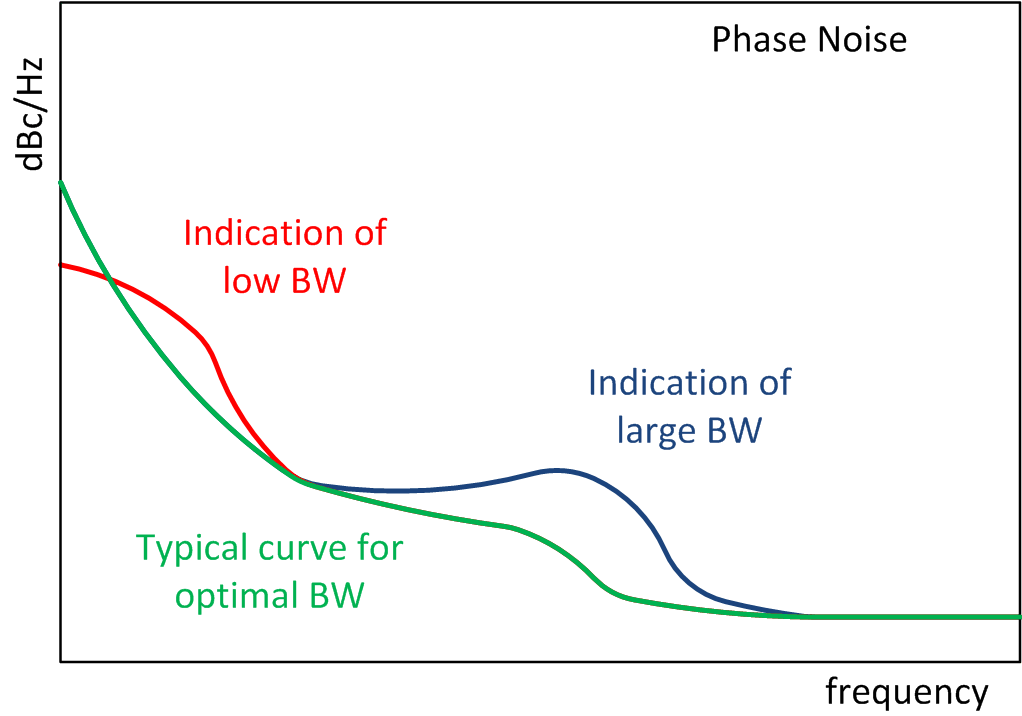Hi
I am using CDCE62002 as a clock cleaner for SERDES recovered clock.
I am halted with it more than two weeks and need some urgent help.
There are my parameters below:
----------------------------------------------
Input clock is 148.5 MHz and the output also should be 148.5 MHz.
I've built the configuration as follow:
Reference Divider = 1
Input Divider = 4
Prescaler Divider = 2
Feedback Divider = 24
VCO freq = 1782 MHz
---------------------------------
There is my CDCE62002 registers sequence by FPGA (all 32-bit registers include the register address at low nibble and sent by lsb first):
----------------------------------------------------------------------------------------------------------------------------------------------------------------
1). Write REG0=0x10360250 (LVDS REF_IN input, LVDS Output 0, Output 1 is disabled)
2). Write REG1=0x9382E061 (Loop filter settings = "0100" - External).
3). Write REG2=0x01021802 (Set PLLRST bit).
4). Write REG2=0x00021802 (Clear PLLRST bit).
5). Write REG2=0x01021802 (Set PLLRST bit, to complete 1-0-1 sequence on PLLRST and enter to the VCO CAL mode).
Unfortunately we did not purchase the evaluation module of CDCE62002 in advance, but now we would like to proceed as fast as possible with the project.
Sincerely Yours.
Boris Barak



